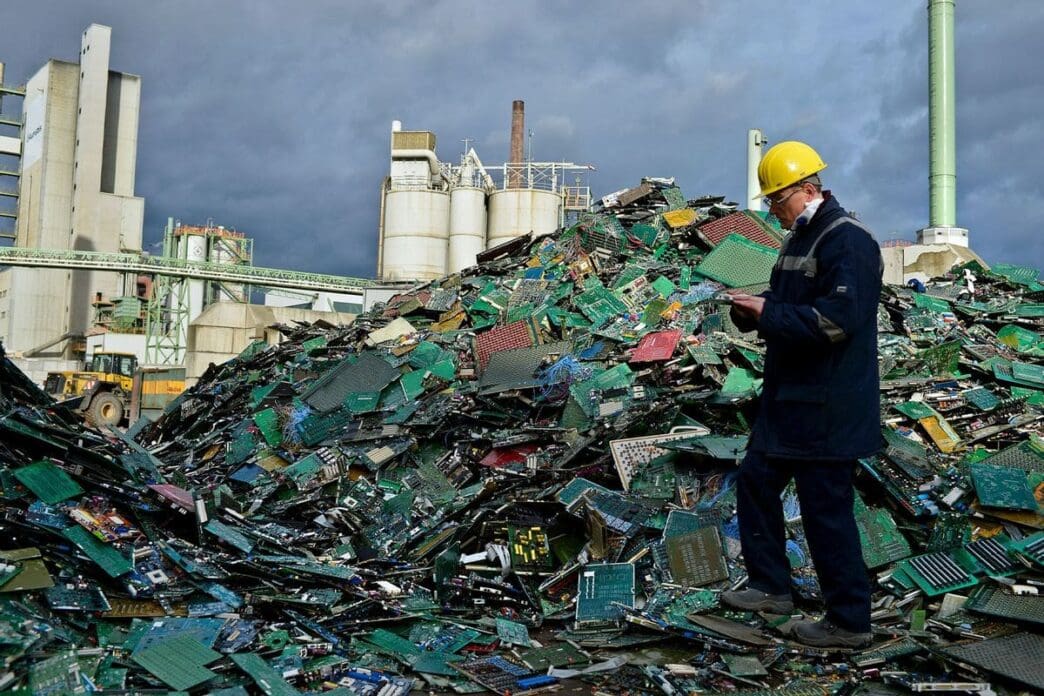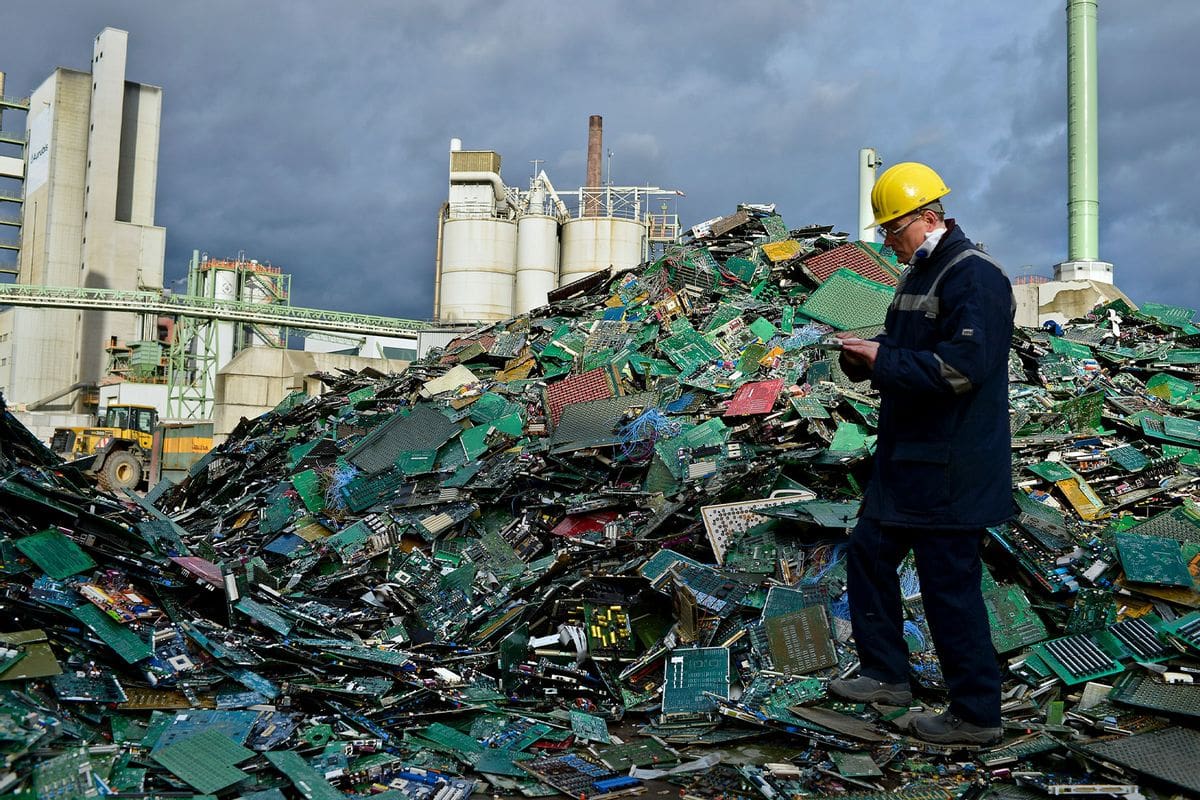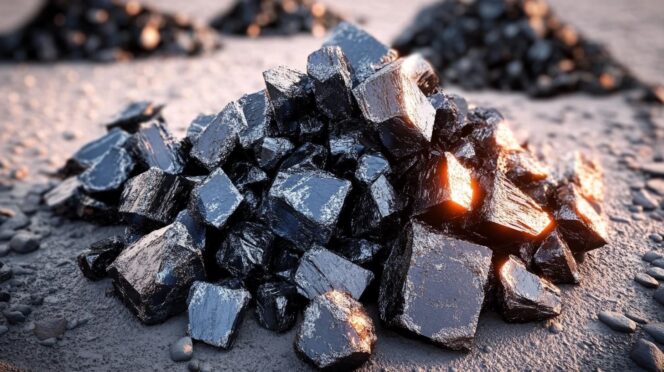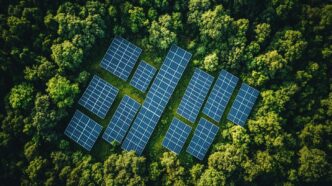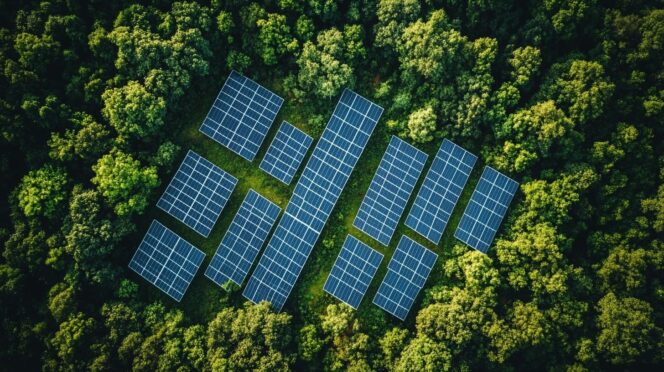Table of Contents Show
Recycling rare earth elements (REEs) from electronic waste and other sources is an emerging field that holds significant potential to reduce reliance on primary REE mining. Here’s an overview of the current state and future prospects of REE recycling:
Current State of REE Recycling
The recycling rate for REEs is currently very low, estimated at less than 1% globally. This is due to several challenges:
- Lack of efficient collection infrastructure for end-of-life electronics and other REE-containing products
- Difficulty and high cost of dismantling devices to access REE components
- Low concentrations of REEs in many products
- Complex separation processes required to isolate individual REEs
Emerging Technologies and Approaches
Despite these challenges, researchers and companies are developing new methods to make REE recycling more economically viable:

Extraction Methods
- Bacteria-based extraction: Harvard researchers have developed a method using bacteria instead of toxic chemicals to separate REEs.
- Electrochemical techniques: Processes like electrodeposition and electrowinning are being explored to selectively recover REEs.
- Supercritical fluids: Novel extraction methods using supercritical CO2 and other fluids show promise.
Target Materials
Efforts are focusing on materials with higher REE concentrations:
- Permanent magnets from hard drives, speakers, and electric vehicle motors
- Industrial wastes like magnet manufacturing swarf
- Spent catalysts from petroleum refining
Company Innovations
Several companies are developing commercial REE recycling processes:
- Ressources Géoméga in Quebec is working on recycling REEs from bauxite residue.
- Apple has increased use of recycled REEs, with the iPhone 12 using 98% recycled rare earths.
Potential Impact on Primary Mining
Increased REE recycling could have several impacts on primary mining:
- Reduced demand for newly mined REEs, potentially lowering prices and mining activity.
- Mitigation of supply risks, as recycled sources are not geographically concentrated like primary mines.
- Environmental benefits from reduced mining activity and associated pollution.
- Shift in industry focus toward urban mining and e-waste processing.
However, the impact may be limited in the near term due to:
- Rapidly growing overall demand for REEs, especially for clean energy technologies
- Time required to scale up recycling infrastructure and technologies
- Continued need for primary mining to meet total demand
Outlook
While REE recycling shows promise, it is unlikely to completely replace primary mining in the foreseeable future. Instead, it will likely become an important complementary source of REEs. The development of more efficient recycling technologies, coupled with improved collection systems and product design for recyclability, could significantly increase the proportion of REEs sourced from recycling over time.
As the industry evolves, a combination of primary mining, recycling, and development of REE alternatives will likely be necessary to meet growing demand while minimizing environmental impacts.
Sources
[1] https://hir.harvard.edu/not-so-green-technology-the-complicated-legacy-of-rare-earth-mining/[2] https://leyton.com/ca/insights/articles/the-challenge-of-rare-earth-recycling/
[3] https://link.springer.com/article/10.1557/s43577-022-00301-w
[4] https://ips-dc.org/mapping-the-impact-and-conflicts-of-rare-earth-elements/
[5] https://www.sciencedirect.com/science/article/pii/S2352492823016124
[6] https://www.sciencenews.org/article/rare-earth-mining-renewable-energy-future
